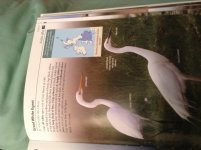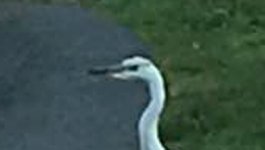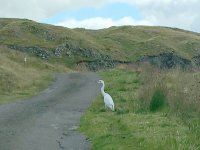Hi all,
hoping somebody can provide some definitive info.
I looked at a number of pictures of Great Egret on Birdguides. It appears that Great Egret (in Britain) only has an all black bill for part of May and June.
Can anyone confirm that is the case - particularly the the all black bill is a feature for only a short period?
thanks in advance
Gordon
hoping somebody can provide some definitive info.
I looked at a number of pictures of Great Egret on Birdguides. It appears that Great Egret (in Britain) only has an all black bill for part of May and June.
Can anyone confirm that is the case - particularly the the all black bill is a feature for only a short period?
thanks in advance
Gordon










